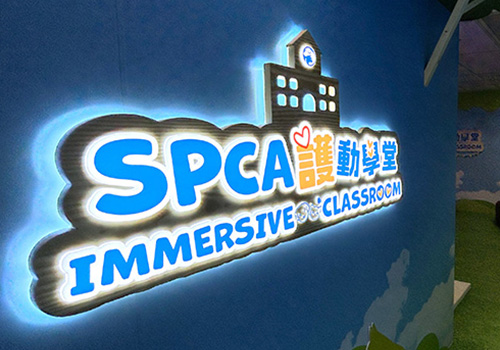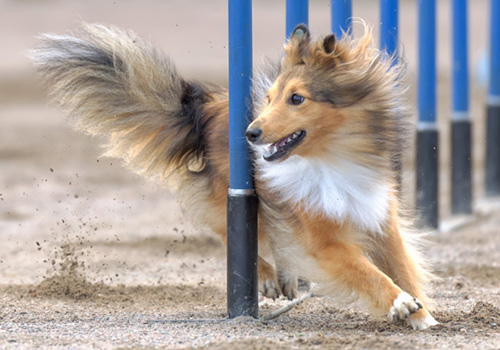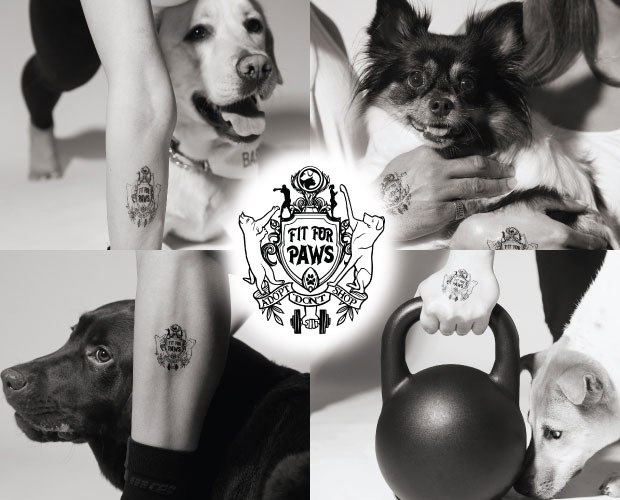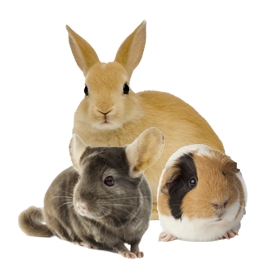
Below are some considerations if you are thinking of adopting one of these animals:
- Rabbits and guinea pigs can live between 8 and 12 years while chinchillas can live up to 15 years
- The correct diet is very important to small furries. In addition to pellet-based feeds, they will need their body size in fresh hay to munch throughout the day with a constant supply of clean water. A few handfuls of leafy vegetables can be given but fruits (and carrots!) should be avoided because they contain a lot of sugar and can cause gut problems
The most common health problems seen by our vets are diet related – gut (e.g. bloat, constipation) and mouth (e.g. overgrown teeth, mouth infections) problems are often painful and sometimes fatal
- Small furries need a secure enclosure with enough space for every animal to lie down fully extended and move freely. Feeding areas, hiding places, sleeping spaces and toilet areas should not be too close together. Animals kept long term on wire floors can develop painful foot problems. Chinchillas also require vertical space to jump up on such as platforms or sturdy branches
- Just because they are small does not mean small furries do not enjoy interaction and play; chinchillas, for example, love a tickle! Your pet will also need daily exercise out of their cage, helping prevent pressure sores and other painful conditions from inactivity. By spending more time with your pet and getting it used to gentle handling, you will also be able to check it regularly for any teeth or health problems
- You should also provide your furry friend with suitable items to chew, interesting toys to play with and opportunities to dig or burrow. Read up on fun ideas to keep your pet occupied, happy and prevent boredom, aggression and stress.
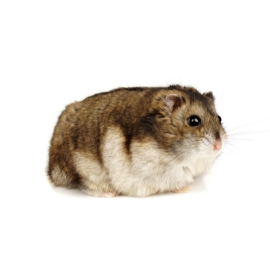
Below are some considerations if you are thinking of adopting a hamster:
- Hamsters are relatively short-lived in comparison to other small furries at two to three years average life expectancy
- Your hamster will need a good hamster pellet diet. We do not recommend seed diets or seed mixes because they are high in fat and lack sufficient nutrients
- A predator proof cage is important for your hamster and it should be roomy enough for separate areas for sleeping, feeding and toilet. The cage should also be located away from dogs and cats
- The cage will need a thick layer of pet-grade sawdust to dig and burrow in to feel safe. Hamsters usually have a preferred toilet area and the sawdust in that area should be changed more frequently
- Like all animals, hamsters need interaction and something to do. A hamster wheel will give them the opportunity to run off energy. You can also provide lots of fun hiding places such as small cardboard boxes, tunnels and toilet rolls, where you can hide treats for your hamster to find
- Regular, gentle stroking and handling will help your tiny pet be more comfortable when you handle them
Please be aware that hamsters are mainly nocturnal and will spend many happy hours running in their hamster wheel at night.
- Hamsters should be kept separately. Not only are they fine without companions they can breed very quickly (as many as 50 babies a year) and can be very aggressive, sometimes fighting to the death.
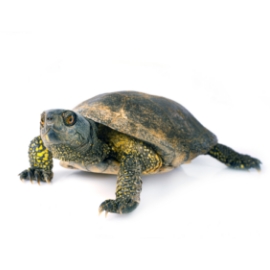
If you are considering adopting one of these amazing animals, please have a read of the considerations below:
- Longer lived than cats and dogs, turtles can live for 20 years or more
- There are many species of aquatic turtle, and most can grow to several times their birth size. Each is suited to a different habitat and has different environmental and dietary needs; be ready to do your research before adopting a turtle
- The most common pet turtle in Hong Kong is the Red-eared Slider. Originally from North America, this feisty terrapin can grow to around 30 centimetres in length. They are fascinating animals to watch but sadly, the majority of pet owners are not aware of their needs and keep them in poor conditions which can cause suffering and death
- As your turtle grows, so will its need for space. We suggest a minimum tank space per turtle of four to five times its length, a width of two to three times its length and a water depth of 1.5 to twice its length (approximately 150cm long x 90cm wide x 90cm high) with sufficient space to swim, bask and hide
- The tank should also be escape proof with a secure lid and walls high enough to prevent escape. Turtles are good climbers and have been known to climb out of their tanks, fall, crack their shells and die
- One third of the tank should be a dry area for basking. It should have heat from an artificial source such as a heat lamp, or natural sunlight. NOTE: Turtles need both warm and cool areas – different temperatures regulate many of their body processes such as digestion as well as behaviour
- Turtles can see and hear very well. In the wild, turtles will find places to hide and feel secure under plants, or under logs or rocks. Good tank decoration enables your turtle to display a wide variety of normal behaviours such as hiding, digging and basking. Consult books and the internet for ideas
- UVB light is vital for your turtle’s bone health. It is plentiful in natural sunlight or a UVB lamp can provide an artificial source but please note that simply placing a tank next to a window is insufficient – glass and plastic filter out UVB rays;
- Unless you are prepared to change water daily, filtration is essential. Even with filtration, water must still be changed regularly to prevent the build-up of dissolved waste. Many skin, eye and other health problems are a result of poor water quality. In the wild, turtle waste is carried away by rivers but unless tank water is changed regularly, your pet will end up swimming in its own waste
- Your turtle will need to be fed a good brand of turtle pellets. Poor quality turtle pellets may contain high protein foods such as shrimp and meat, resulting in health problems. Red-eared Sliders are omnivorous and eat a lot of plant material in the wild. A good brand of turtle pellet will provide a balanced diet, with the right amounts of fibre, essential minerals and vitamins. You can supplement this with vegetables.
Many people abandon Red-eared Sliders in country parks, where they compete with the native turtles for food and nesting sites. As a result, Hong Kong’s population of Reeve’s terrapins has greatly declined in number and Red-eared Sliders are now the most common turtle found in the wild in Hong Kong.

